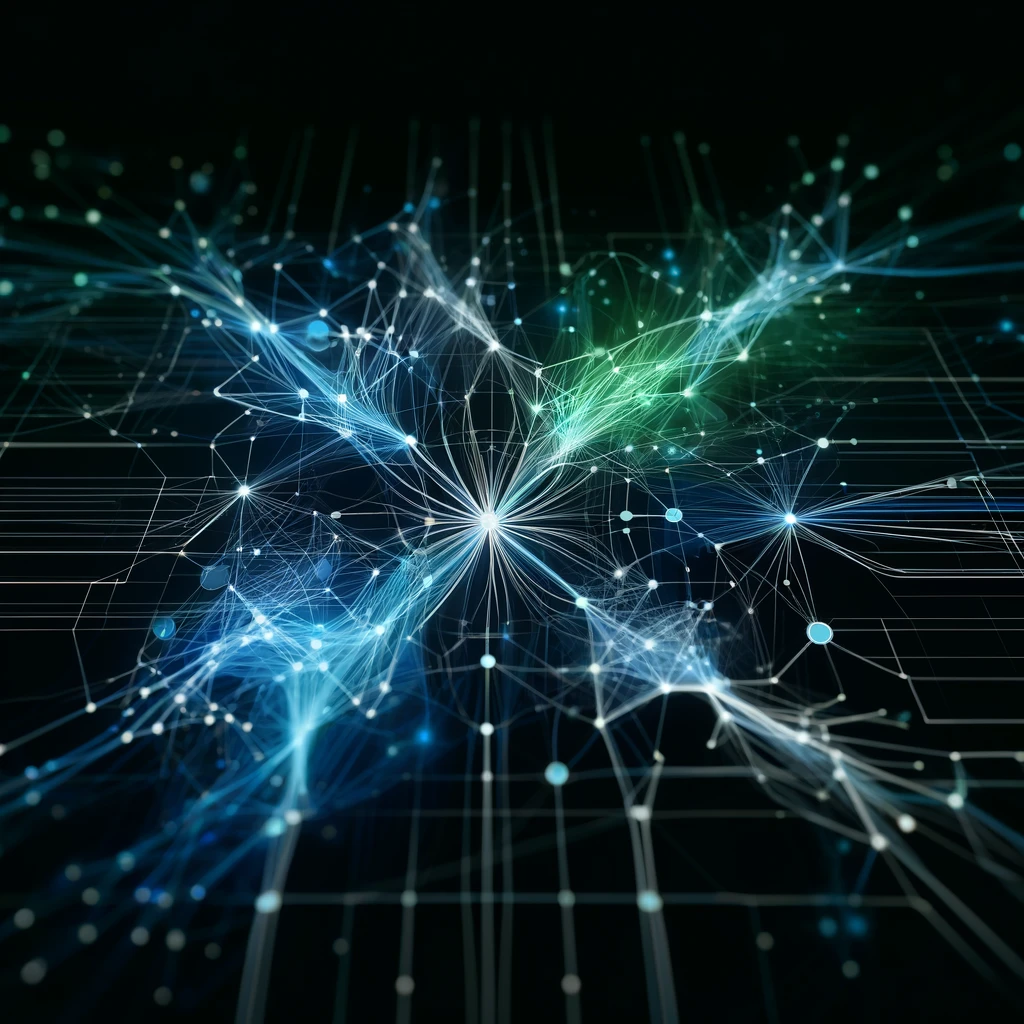In the rapidly evolving world of technology, neural networks stand at the forefront, driving advancements in artificial intelligence (AI) and machine learning. These computational models, inspired by the human brain’s architecture, are reshaping industries, enhancing automation, and unlocking new possibilities across various fields. This article delves into the fundamentals of neural networks, their types, how they learn, and their real-world applications, providing a comprehensive overview for both enthusiasts and professionals.
What Are Neural Networks?
Neural networks are a subset of machine learning algorithms modeled after the neural structures of the brain, designed to recognize patterns and solve complex problems. They consist of layers of nodes, or “neurons,” connected by “synapses.” Each neuron processes inputs and produces an output, contributing to the network’s ability to learn and make decisions.
Key Components
- Neurons: Basic processing units of a neural network.
- Weights: Values that adjust the strength of the connection between neurons.
- Activation Function: Determines whether a neuron should be activated or not, influencing the network’s output.
- Layers: Comprise input, hidden, and output layers, each serving a distinct function in the processing of information.
Types of Neural Networks
- Feedforward Neural Networks: The simplest type, where connections between the nodes do not form a cycle.
- Recurrent Neural Networks (RNN): Designed for sequential data, these networks have connections that form cycles, allowing information to persist.
- Convolutional Neural Networks (CNN): Particularly effective for processing structured grid data such as images, CNNs feature convolutional layers that automatically and adaptively learn spatial hierarchies of features.
How Neural Networks Learn
Neural networks learn through a process called backpropagation, which adjusts the weights of connections based on the error between the predicted and actual outputs. This learning process involves:
- Forward Propagation: Input data is passed through the network, and a prediction is made.
- Loss Calculation: The difference between the predicted output and the actual output is calculated.
- Backpropagation: The network adjusts its weights to minimize the loss, improving its predictions over time.
Applications of Neural Networks
Neural networks are versatile and powerful, finding applications in diverse fields:
- Computer Vision: From facial recognition to autonomous vehicles, CNNs are integral to image and video analysis.
- Natural Language Processing (NLP): RNNs and transformer networks enable language translation, sentiment analysis, and chatbots.
- Healthcare: Neural networks assist in diagnosing diseases, analyzing medical images, and predicting patient outcomes.
- Finance: Used for credit scoring, algorithmic trading, and fraud detection, neural networks are transforming the financial industry.
Conclusion
Neural networks are a cornerstone of modern AI, offering powerful tools for data analysis, prediction, and automation. As we continue to refine these models and expand their applications, the potential for innovation and transformation across all sectors of society is boundless. Understanding neural networks not only demystifies a key aspect of AI but also opens up a world of possibilities for solving complex problems in novel and efficient ways.
